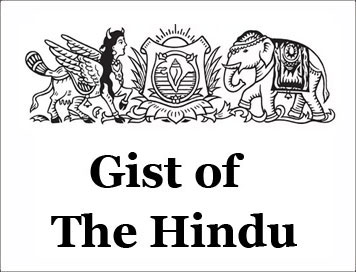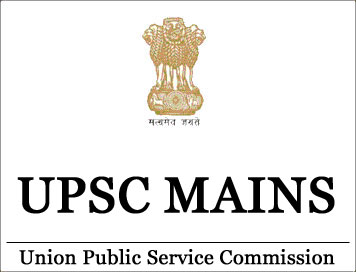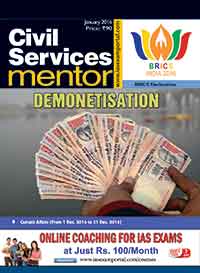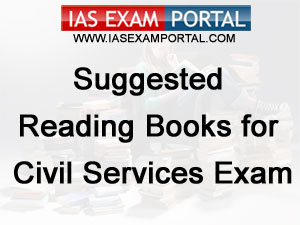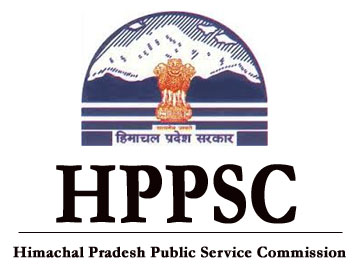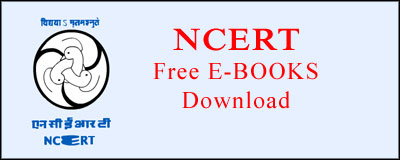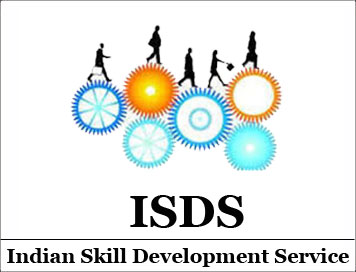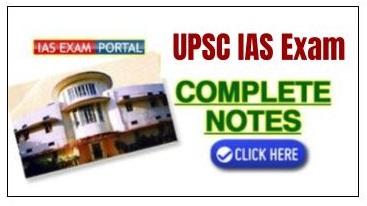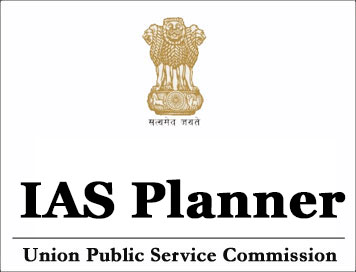
NATURE OF THE EXAM
Before taking any exam aspirants should understand the very
nature of exam, it will give them a clear understanding about the exam process,
it exam structure and the other aspects of the exam, in all at the first stance
we should understand the exam and set our target and strategy accordingly. It is
common trend that UPSC issues notification in the first week of December, (for
the next exam year) in The Employment News but we have seen last year and this
year also that it has published the notification in FEB. For the clear
understanding and the whole exam one should studied complete notification
carefully. The notification can also be downloaded from UPSC official website
www.upsc.gov.in
Every aspirants has its dream to become an IAS officer, it is
one of the coveted service in the country, yes there are private sector which
are offering high perks and benefits but still Civil Service has its own charm.
Over the number of aspirants are very high and accordingly the vacancies are
very low, in any year of notification the vacancies is only about 800-1000. So
here to understand the nature of the exam is significant. Aspirants before get
into the preparation should be very sure about the pre-requisites and the very
requirements of the examination. As the nature of the exam suggests that whole
full time preparation is required. The exam has its competitiveness that comes
with hard work. Aspirants needs to start there preparation at least one year
before for the first attempt, as the whole exam process takes one year thus two
year of completely rigorous and devoted preparation are very much required for
the exam.
Every competitive exam has its own nature, understanding the
nature of the exam is half way towards the success. Our preparation should be
focused on what exactly examination expects from the aspirants rather what
aspirants expects from the exam. The nature of exam suggests that your
preparation should be relative instead of absolute. Aspirants are required to be
better than the other aspirants. So before preparation I would suggest the
aspirants to have clear idea and understanding of the exam and contemplate
thoroughly. First of look yourself at evaluate that are you fit for the job or
not, if yes then go ahead. Read as much as you can for the understanding of the
exam, there are several articles, blogs are available. Make a realistic
assessment of the effort that is required for the exam and put yourself
accordingly. Rational self assessment always helps. Remember do not set you
target which is based on your past laurels and achievements as this exam is not
testing intelligence as defined in the conventional sense. The exam is looking
for broad-based individuals with opinions. It is important to know the exam,
what is the nature of exam. For instance it is an All India Exam; it has three
tier, prelims, mains and Interview. What is the exam process is also required to
know before opting to get into the preparation.

